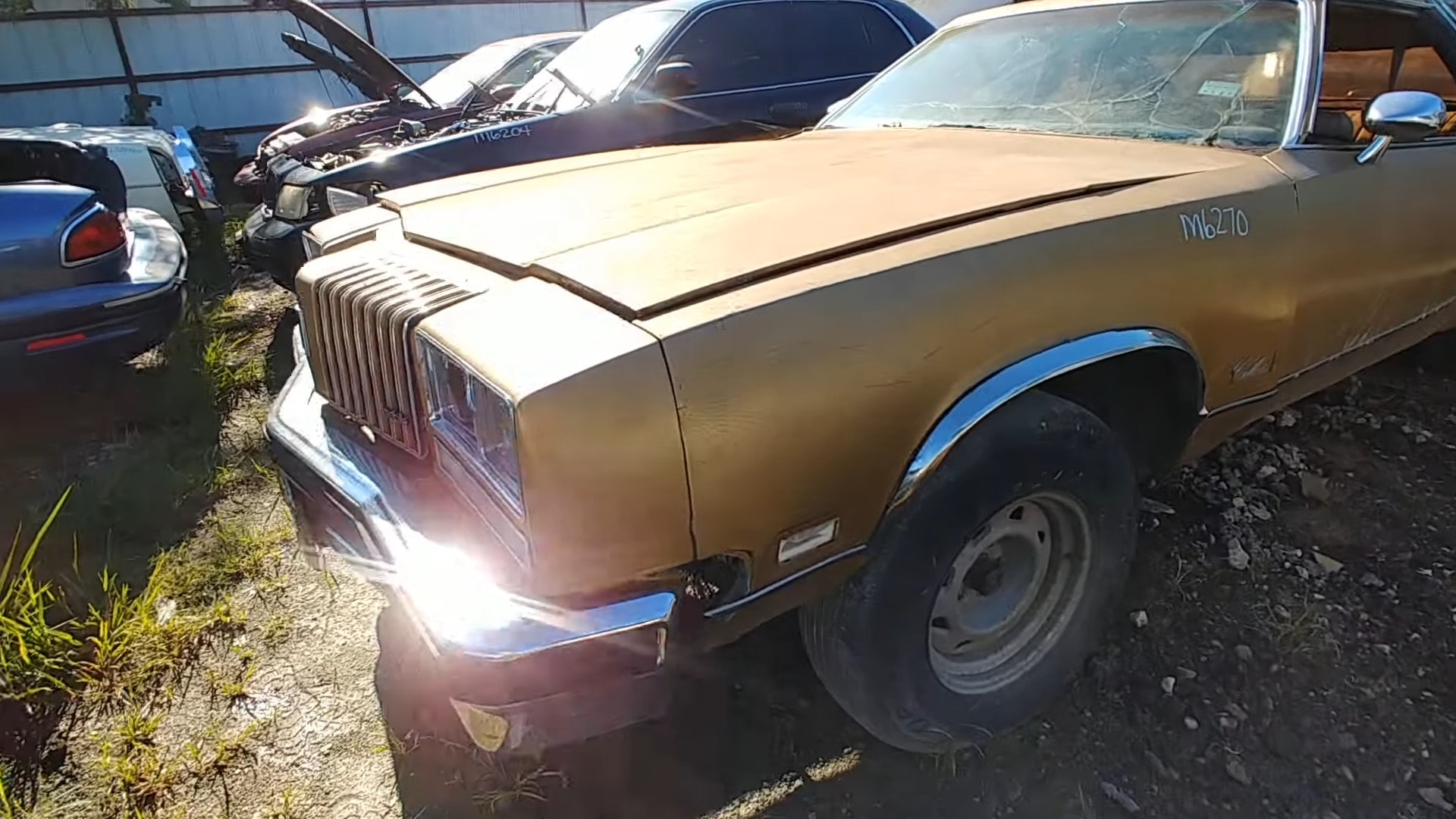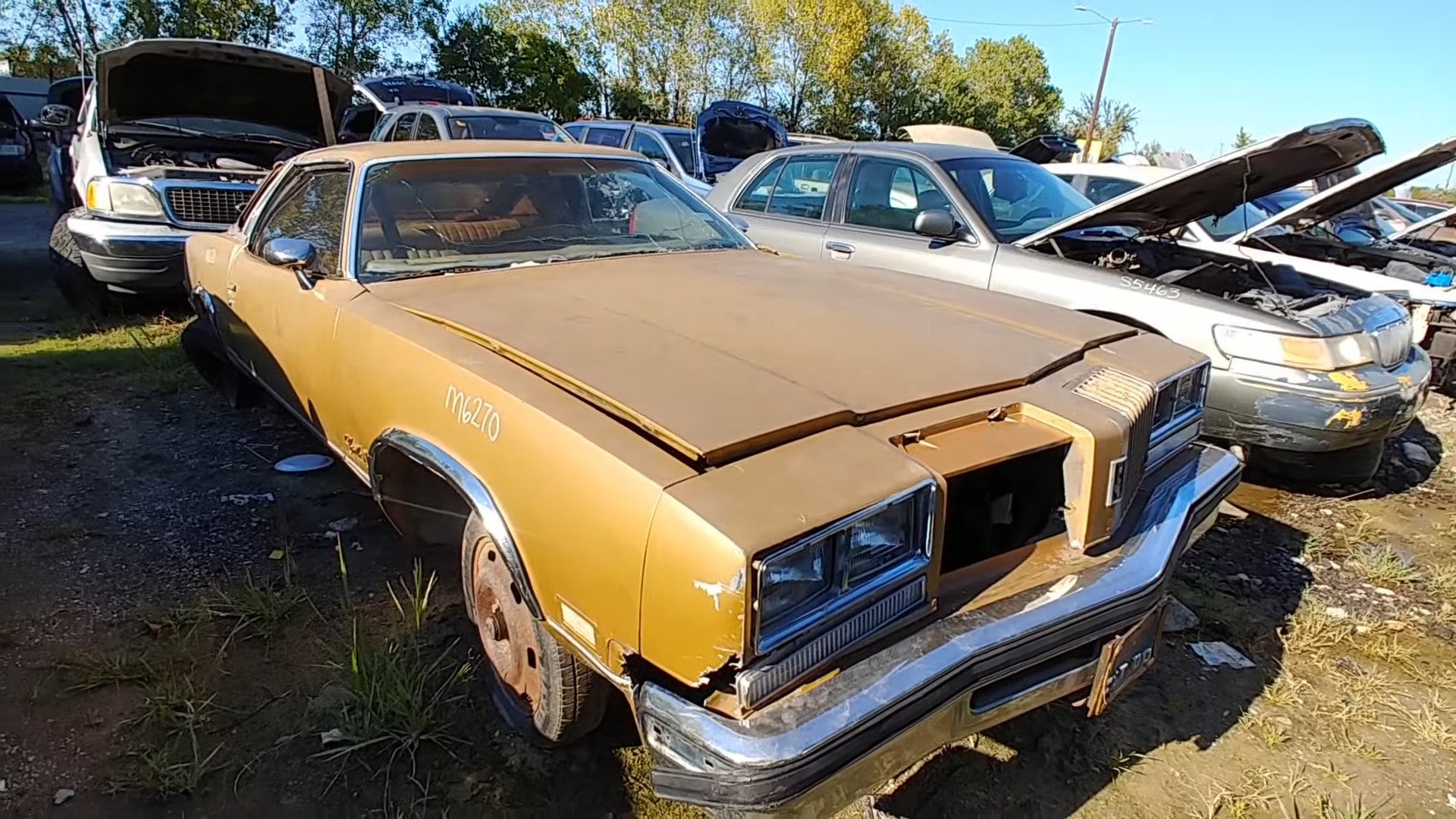The Oldsmobile Cutlass, a mainstay nameplate for over a quarter of a century, began its journey in 1961 as a trim level for the F-85. By the mid-1970s, it had become the best selling car in America, a testament to its popularity and appeal. However, the late 1970s marked a significant turning point for Oldsmobile and the American automotive industry.
As the Malaise era gripped the domestic car industry, Detroit faced increasing competition from Japanese imports. The Big Three, including Oldsmobile, Chevrolet, and Ford, struggled to adapt to the changing market as the demand for larger, gas-guzzling cars waned. Despite these challenges, there was still hope for a resurgence, and the American automotive industry remained optimistic about its future.

The Oldsmobile Cutlass, a once mighty nameplate, reigned supreme in the mid-1970s, capturing the hearts of American car buyers. However, its dominance was challenged by the Chevrolet Impala in 1977, pushing the Cutlass family into second place. Despite this setback, the Cutlass roared back with a vengeance, reclaiming its top spot in four consecutive years from 1978 to 1981.
The Cutlass, which began as a sporty coupe trim, evolved into a diverse family of sedans and coupes, offering seven distinct body styles by 1977. That year marked a peak for the Cutlass, with a combined sales volume of nearly 598,000 units. The Supreme model accounted for the lion’s share of sales, with over three-quarters of the total volume. The Salon and S models filled in the gaps.
The Supreme, available in both base and Brougham trim levels, and the S were offered as four door sedans and two-door coupes. The Salon, on the other hand, adhered to a more minimalist approach, featuring only two doors. In terms of pricing, the S was the most affordable option. The coupe body style consistently outsold the sedan, regardless of trim level, with approximately half a million units sold compared to the sedan’s 98,000.
The Cutlass S, the least expensive and least exciting member of the family, attracted 70,000 buyers who opted for the sportier coupe version. However, the family oriented sedan also found 43,000 customers. By 1977, any pretense of high performance had faded, and the manufacturer avoided mentioning engine output in its brochures to spare potential buyers from disappointment.
The mid-sized Oldsmobiles of 1977 offered a range of power options, starting with a modest 231-cubic-inch V6 engine. This engine, paired with a single two barrel carburetor, produced 105 horsepower and 185 pound feet of torque, providing a rather underwhelming driving experience for its $4,355 price tag. While more powerful options were available, including a 350 V8 and a 403 V8, even these engines fell short of expectations.
The 350 V8, a popular choice among Oldsmobile enthusiasts, offered 170 horsepower and 275 pound-feet of torque. Despite its increased displacement, the 403 V8 only produced 185 horsepower and 320 pound-feet of torque. The lack of substantial power gains from the 403 V8 was likely due to engineering compromises aimed at improving fuel economy and emissions.

In addition to the V8 options, Oldsmobile also offered a 260 cubic inch V8 engine that was paired with an optional five speed manual transmission. This over drive transmission helped to improve fuel efficiency and provided a more engaging driving experience for those seeking a more manual driving experience.
Despite the Cutlass’s popularity and success, the mid1970s marked a period of significant changes in the automotive industry. Rising fuel prices, stricter emissions standards, and changing consumer preferences led to a shift away from large, powerful cars.
As a result, the Cutlass, like many other American muscle cars, gradually lost its appeal. However, the Cutlass’s legacy lives on, and it remains a beloved classic among car enthusiasts.

